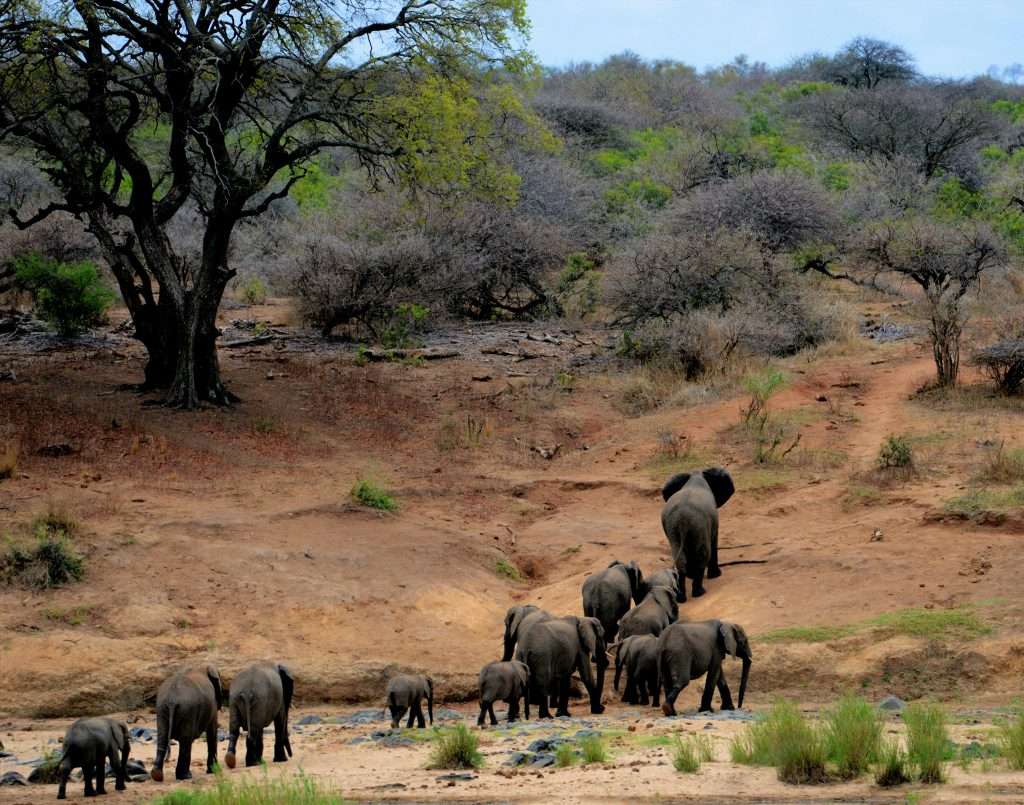The Serengeti National Park: Discover Tanzania Wildlife Efforts
The Serengeti National Park in Tanzania is a must-visit destination for wildlife enthusiasts, offering vast plains, abundant wildlife, and breathtaking landscapes, making it a must-visit destination for nature exploration. Why is the Serengeti so famous?
Spanning over 14,750 square kilometers in northern Tanzania, Serengeti is a renowned wildlife destination known for hosting the largest terrestrial mammal migration, attracting millions of herbivores and predators.
Discovering Serengeti Diverse Ecosystems
The Serengeti is a diverse ecosystem with grasslands, savannas, woodlands, and riverine forests, supporting a diverse array of flora and fauna. The park’s landscape includes iconic features like:
Grassy Plains

The Serengeti’s golden savannas, adorned with tall grasses, serve as a vital habitat for millions of grazing animals like wildebeest, zebra, and gazelle.
Woodlands
Woodlands, surrounded by acacia trees, offer shade and shelter to various animals like elephants, giraffes, and lions, providing a habitat for their diverse needs.
Riverine Forests

Serengeti rivers, like Mara and Grumeti, are surrounded by lush riverine forests, providing habitats for various animals like hippos, crocodiles, and primates.
Swamps and Floodplains
The Serengeti’s seasonal swamps and floodplains provide essential watering holes for animals and are home to various wetland birds like cranes, storks, and pelicans.
Iconic Wildlife Exploration at The Serengeti National Park
Serengeti Park is renowned for its diverse wildlife, including the “Big Five” lions, elephants, buffalo, leopards, and rhinoceros, as well as over 70 large mammal species and over 500 bird species. Visitors can also observe giraffes, zebras, hippos, crocodiles, and antelope species. Below are some of the iconic wildlife you can expect to see on a safari in the Serengeti:
Lions
The Serengeti is home to numerous lion prides, offering an unforgettable experience to witness these social predators in action.
Elephants

African elephants are the largest land animals on Earth, and seeing them roam the savanna is a humbling sight.
Cheetahs
The Serengeti’s vast open spaces are ideal for cheetahs, the fastest land animals, who are awe-inspiring in their pursuit of prey.
Leopards

These elusive cats are difficult to spot due to their camouflage, but if lucky, you might catch a glimpse of them perched in a tree or stalking prey.
Giraffes
Renowned for their long necks and elegant gait, are a quintessential African animal, often seen in towers browsing acacia trees in the Serengeti.
Zebras

Black and white striped animals are crucial to the Serengeti ecosystem, grazing the savanna and providing food for predators.
The Serengeti National Park Great Migration
The Serengeti National Park in Tanzania hosts the annual Great Migration, the largest mammal migration on Earth, involving over 1.5 million wildebeest and 250,000 zebra, Thomson’s gazelles, and Grant’s gazelles. This continuous cycle, driven by changing seasons and rain, attracts visitors from around the world to witness the breathtaking spectacle. Below is a simplified overview of the Great Migration:
- Southern Serengeti (December – March): The journey begins in the southern Serengeti plains, where wildebeest calve between January and March, providing ample grazing for mothers and their young.
- Western Corridor (May – July): As the dry season approaches, herds move northwest towards the Western Corridor, encountering their first major obstacle – crossing the crocodile-infested Grumeti River.
- Northern Serengeti (July – October): The wildebeest migration, peaking in northern Serengeti during the dry season, occurs on the Mara River border with Kenya’s Masai Mara National Reserve.
- The Mara River Crossing (July – October): The Mara River crossing is a significant part of the Great Migration, where wildebeests brave strong currents and crocodiles to reach greener pastures.
- Masai Mara (October – November): After crossing the Mara River, the wildebeest spends time in Masai Mara before continuing their journey south for fresh grazing.
- Eastern Serengeti (November – December): The migration cycle resumes in eastern Serengeti in November and December, following brief rains, and then resumes again.
Things To do The Serengeti National Park
Here are some of the things you can do on a visit to this remarkable park:
- Witness the Great Migration
- Go on a Safari
- Hot Air Balloon Safari
- Explore the Serengeti Ecosystems
- Witness the Wildebeest Calving
- Learn about the Maasai Culture
- Explore archeological sites
Best Time to Visit The Serengeti National Park
The Serengeti offers year-round wildlife viewing, with the dry season (June-October) being the best for Great Migration, and the wet season (November-May) ideal for birdwatching and photography due to lush greenery.
In Conclusion, The Serengeti National Park offers a unique wildlife experience, showcasing the Great Migration, lion tracking, and Maasai culture, leaving a lasting impression on visitors.
Don’t miss out on current updates, kindly like us on Facebook , Follow Us On Instagram & Subscribe To Our Channel OR leave a comment below for further inquiries.
Comments are closed.